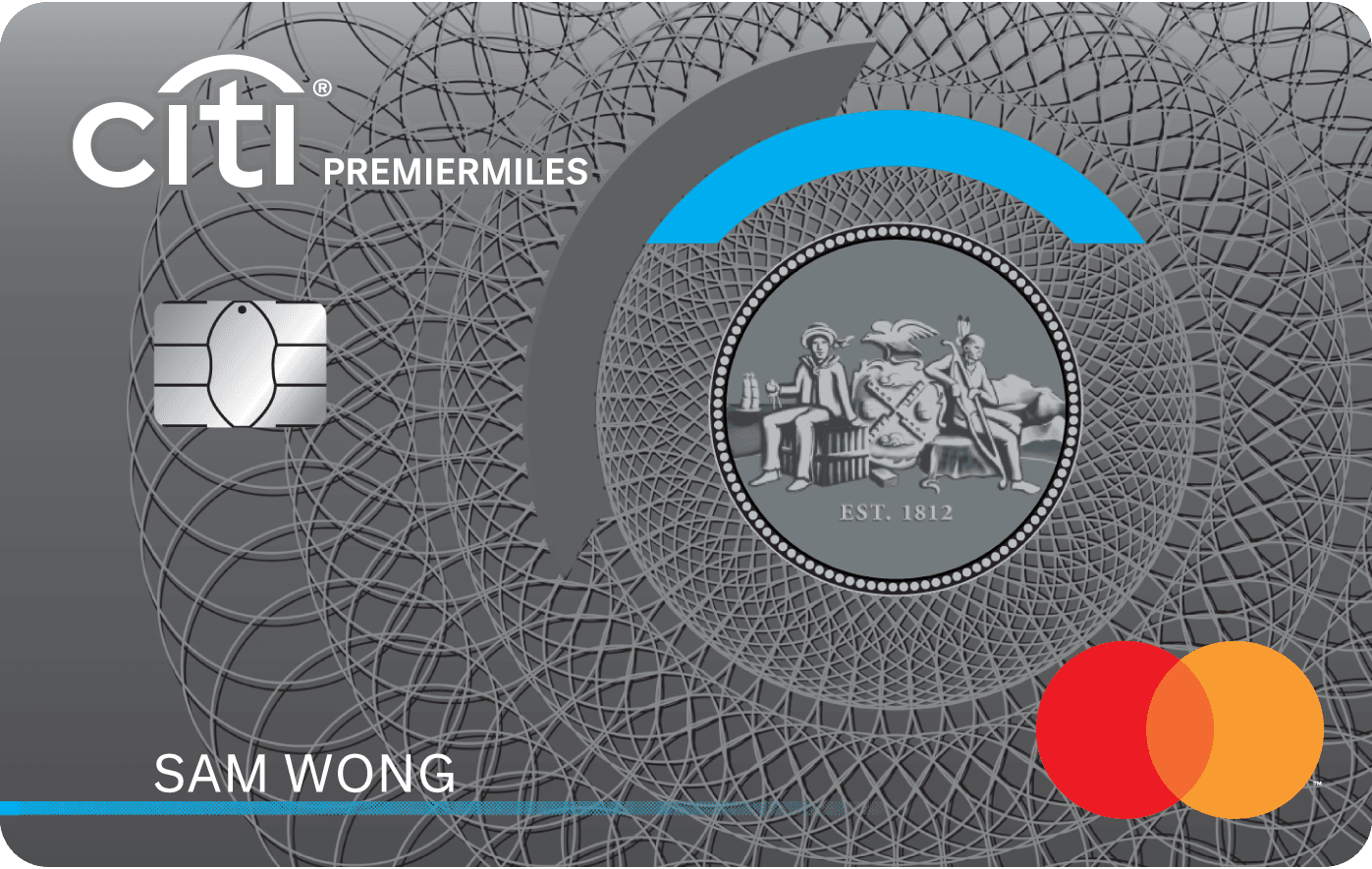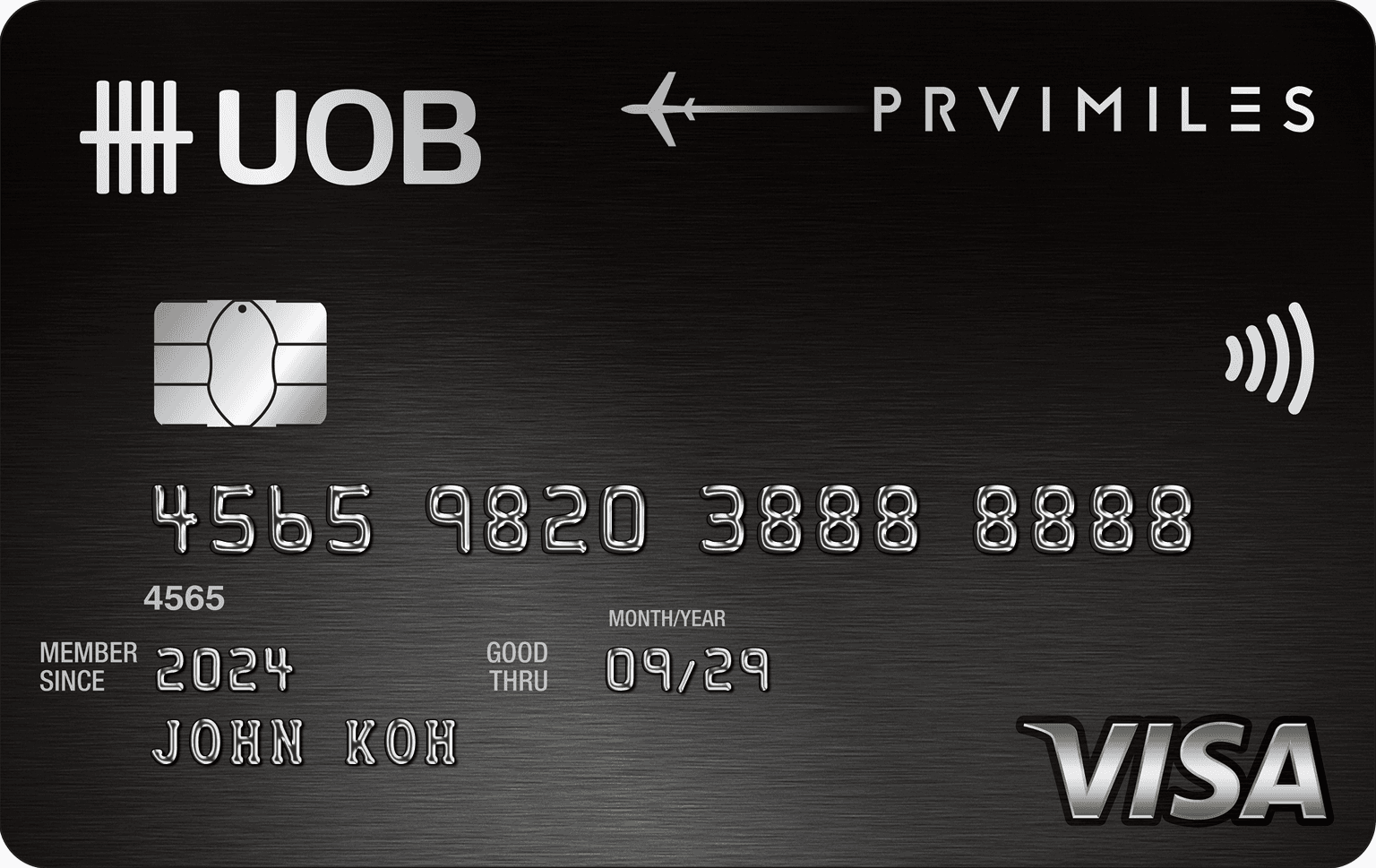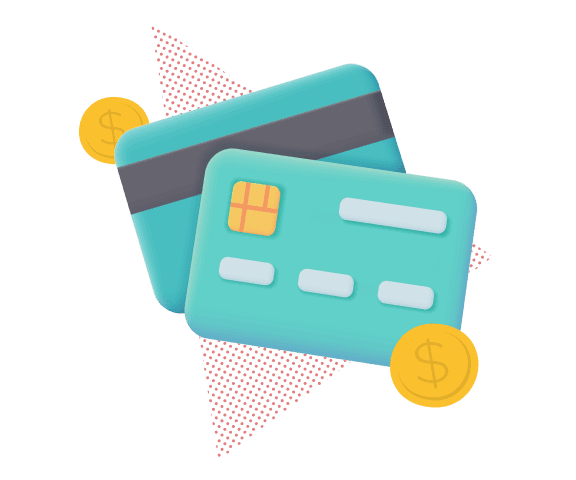If You’re Travelling Abroad, Take These 2 Credit Cards
Updated: 22 May 2025
Heading abroad? Make sure your wallet holds cards that cut fees, work everywhere, and reward your travels.
Written bySingSaver Team
Team
The information on this page is for educational and informational purposes only and should not be considered financial or investment advice. While we review and compare financial products to help you find the best options, we do not provide personalised recommendations or investment advisory services. Always do your own research or consult a licensed financial professional before making any financial decisions.
Travelling overseas can be exciting, but it can also come with a few money-related hiccups if you’re not prepared and didn’t bring enough cash. Many Singaporeans have faced frustrating moments abroad, like their credit card getting declined unexpectedly, or paying more than they expected due to hidden foreign transaction fees.
That’s why relying on just one card isn’t always the smartest move. Having two credit cards not only gives you peace of mind but can also save you money and help you earn rewards on the go. In this guide, we’ll break down why a two-card strategy works and which ones you might want to bring on your next trip.
2 is the magic number
When you're travelling overseas, things don’t always go to plan, and your credit card isn’t exempt. Maybe your card gets frozen for a “suspicious” charge in Osaka, or a small cafe in Paris doesn’t accept American Express. In some places like Japan, you might even find that certain cards just don’t work with local ATMs.
Having a second card on hand solves a lot of these issues. Say you’re in Johor Bahru for a day trip and your Mastercard isn’t accepted at the petrol station—having a backup Visa card saves the day. Or maybe your main card gets lost or swallowed by an ATM in Rome; your backup ensures you’re not stuck without funds. Think of it like travel insurance for your payments — you may not always need it, but you’ll be glad it’s there when you do.
Can I bring more than two cards? You can definitely bring more than two cards, but the more you carry, the more you risk losing. Limiting yourself to two or three cards means fewer calls to your bank if something goes missing.
Keeping your cards safe: Store backup cards in your hotel safe or with a trusted travel buddy. Use a front pocket for your wallet, and if you carry a bag, go for a zippered crossbody you can keep in sight. Avoid hanging it off the back of your chair at cafes or food spots, especially in crowded tourist areas.
» MORE: How to save money for a vacation
What to look for in a travel credit card pairing
No foreign transaction fees
Every time you tap or swipe a Singapore-issued card overseas, you might be paying an extra 2.5% to 3% in foreign transaction fees. It doesn’t sound like much, but it adds up — especially if you’re eating out, shopping, or booking transport multiple times a day.
The good news? Some cards either waive these fees entirely or minimise them. Multi-currency cards like YouTrip, Revolut, and Instarem Amaze (when paired with a cashback or miles credit card) help you avoid these extra charges. There are also premium travel cards in Singapore that offer fee waivers or rebates.
Acceptance worldwide
It’s a little-known fact that not all cards are accepted equally around the world. While Visa and Mastercard are usually safe bets, American Express and other smaller networks can be hit-or-miss, depending on where you are.
Your safest move? Bring two Visa or Mastercard credit cards—ideally ones that are well recognised and widely used in your destination. Before your trip, it also helps to do a quick check on merchant acceptance in that country, especially if you’re heading to a less touristy area.
Different payment networks
Just like not all cards are accepted everywhere, not all card networks work the same. It’s smart to carry two cards from different networks—say, one Visa and one Mastercard. This gives you greater coverage in case one network is down or isn’t accepted by a local merchant.
Cards that earn rewards on your spendings
Just because you’re abroad doesn’t mean you should stop earning rewards. In fact, your overseas spending can be one of the best ways to rack up miles or cashback, as long as you’re using the right credit card. Many Singapore-issued travel cards offer bonus rewards for foreign currency spend, often at a higher rate than for local transactions.
Take the Citi PremierMiles Mastercard, for instance. It gives you 2 miles per S$1 spent overseas, while the UOB PRVI Miles Visa Card offers up to 2.4 miles per S$1. These rates can really stack up if you're booking hotels, shopping, or dining abroad. By using these cards strategically, you’re not just spending—you’re building your next trip’s miles stash.
Citi PremierMiles Mastercard
- 1.2 miles per S$1 spent locally.
- 2.2 miles per S$1 spent in foreign currency.
- Citi Miles never expire. Can be exchanged for a variety of frequent flyer miles, hotel stays, rewards and cash rebates.
- Use Citi PayAll to earn Citi Miles, Citi ThankYou PointsSM or Cash Back when you pay your bills with your Citi Credit Card.
- Earn miles on rent, condo management fees, school fees, taxes and bills via Citi PayAll.
- 2 free airport lounge visits per year to participating Priority Pass lounges worldwide.
- Up to S$1 million travel insurance coverage when you charge your travel tickets to this card. There will be a revision made to the Citi Credit Cards complimentary travel insurance. The Travel Insurance coverage in respect of a Trip charged to Citi PremierMiles Card will be updated to end on 31 March 2026. For more information, please click here.
- 11 different airline and hotel transfer partners.
- Generous sign-up bonus with relatively low minimum spend.
- Read our full review of the Citi PremierMiles Card.
- Admin fee of S$25 (excluding GST) for each conversion of Citi Miles to frequent flyer miles.
- Service fee applies to Citi PayAll facility.
UOB PRVI Miles Visa Card
UOB PRVI Miles Visa Card
- Earn 3 miles per S$1 spend (UNI$7.5 per S$5 spend) on regional spend in Indonesia, Malaysia, Thailand, Vietnam, including online shopping on overseas website.
- Earn 2.4 miles per S$1 spend (UNI$6 per S$5 spend) on other overseas spend, including online shopping on overseas websites.
- Earn 1.4 miles per S$1 spend (UNI$3.5 per S$5 spend) on local spend.
- 4 complimentary lounge visits per calendar year for principal cardmembers.
- Earn up to 8 miles per S$1 spend (UNI$20 per S$5 spend) on agoda and Expedia bookings via UOB PRVI Miles website.
- Earn up to 6 bonus KrisFlyer miles for every S$1 spend if you also apply for a new KrisFlyer UOB Account.
- Complimentary personal accident coverage and emergency medical assistance of up to S$500,000.
- Choice to redeem for miles, cashback, or vouchers.
- No minimum spend and no cap on earned miles
- Annual fee of S$261.60
- Terms and conditions apply for all above-mentioned privileges. Visit here for more details. Insured up to S$100,000 by SDIC.
To make your travel wallet even more efficient, pair one of these travel rewards cards with a card that waives foreign transaction fees, like YouTrip, Revolut, or Instarem Amaze (which you can link to a rewards credit card for added perks). These cards help you dodge the usual 2.5% to 3% fee charged on overseas transactions, which can easily add up across meals, transport, and shopping sprees.
Here’s how a smart setup might look: use your miles-earning card for large purchases like hotel bookings, attraction passes, or airline tickets—anything you can plan in advance. For day-to-day overseas spending like café visits, public transport, or local shopping, use your fee-free card to stretch your budget without paying unnecessary charges.
» MORE: Best travel credit cards
Cash can still be king
Even in this age of contactless payments, cash is still necessary in many places. Think street food stalls in Bangkok, local taxis in Bali, or small night markets in Vietnam. Most of these places either don’t take cards or charge a premium if they do.
For Singaporeans, withdrawing foreign currency abroad is easy, but you’ll want to do it smartly. Avoid airport money changers, cash advances, and dodgy exchange booths. Instead, use multi-currency accounts from providers like Revolut, Wise, or the DBS Multiplier Account (MCA). These platforms often offer better rates and lower ATM withdrawal fees.
The key takeaway? Bring some local currency with you, especially for your first day or two. And keep your cash in a few different spots, just in case your wallet goes missing. A combination of cards and cash gives you the flexibility to handle almost any situation.
» MORE: 8 best travel tips to remember when travelling abroad
Compare the best travel credit cards in Singapore
Looking for your perfect travel companion? Explore top credit cards that offer miles, perks, and savings for every trip.
About the author
SingSaver Team
At SingSaver, we make personal finance accessible with easy to understand personal finance reads, tools and money hacks that simplify all of life’s financial decisions for you.


